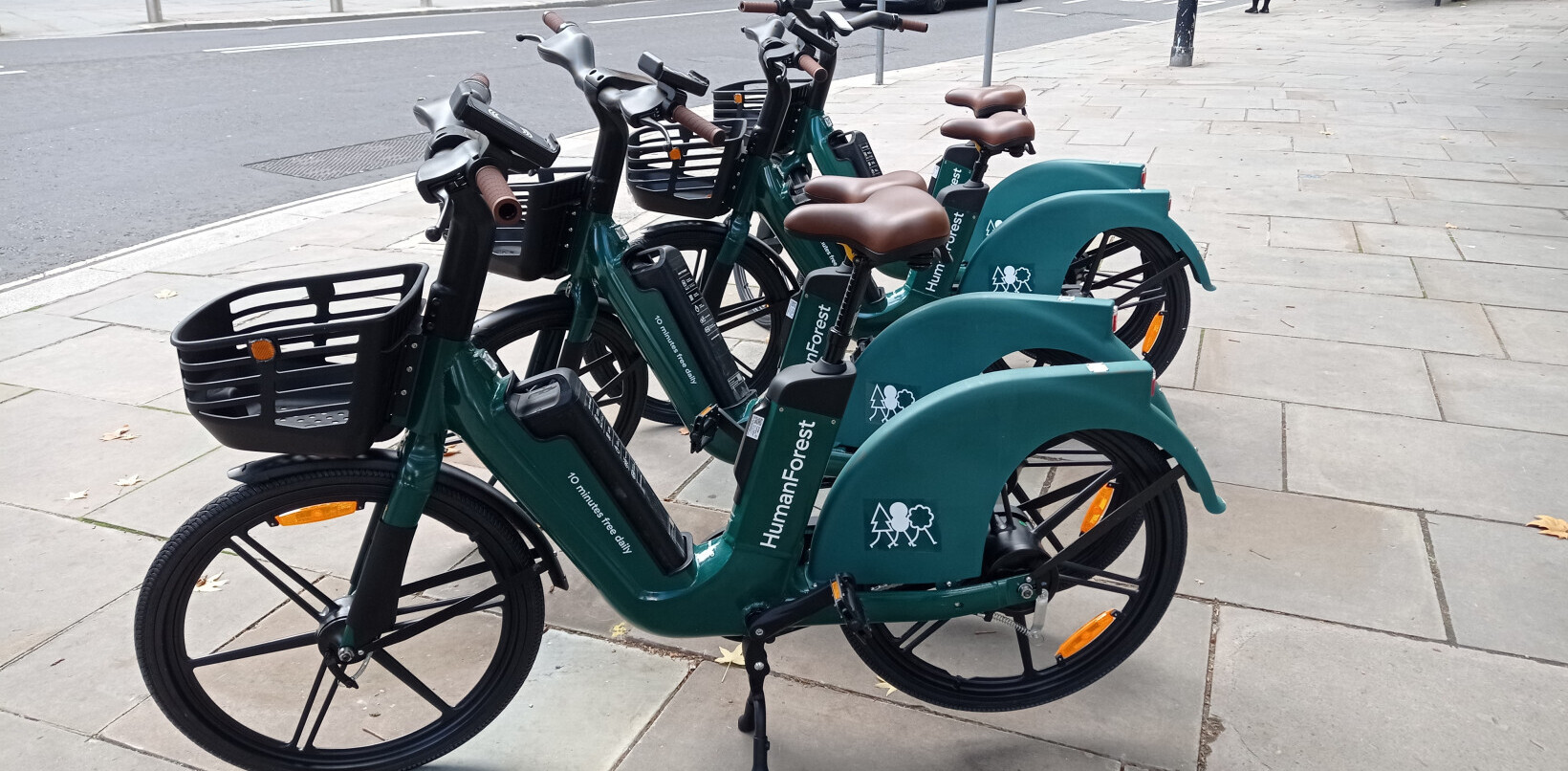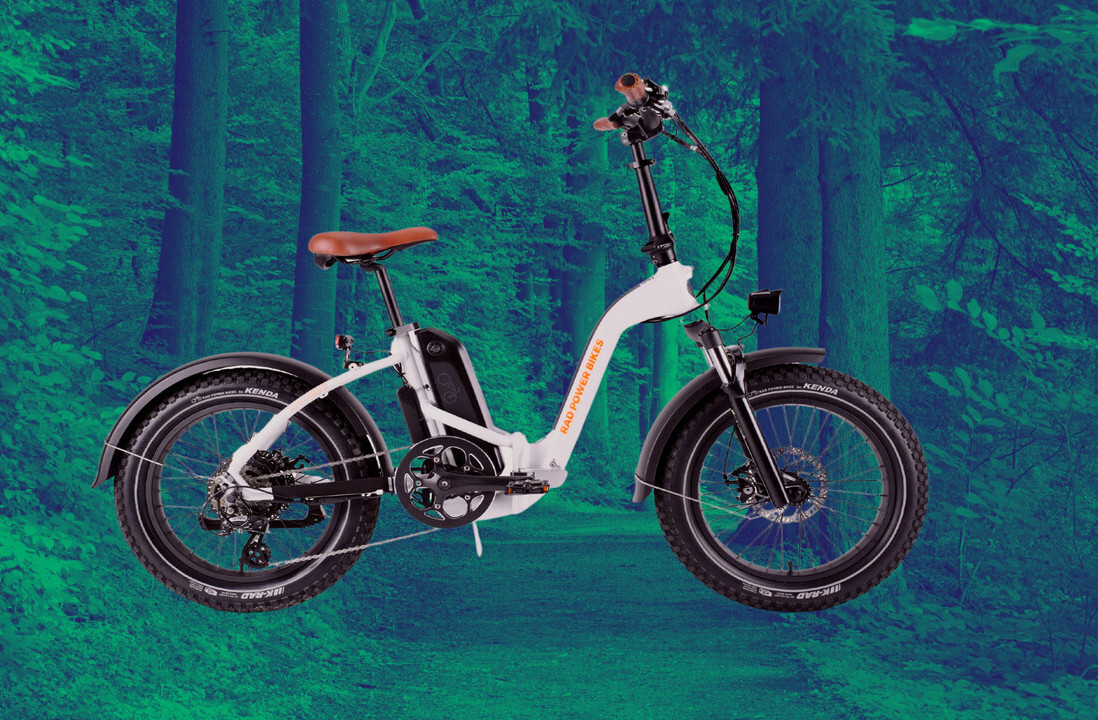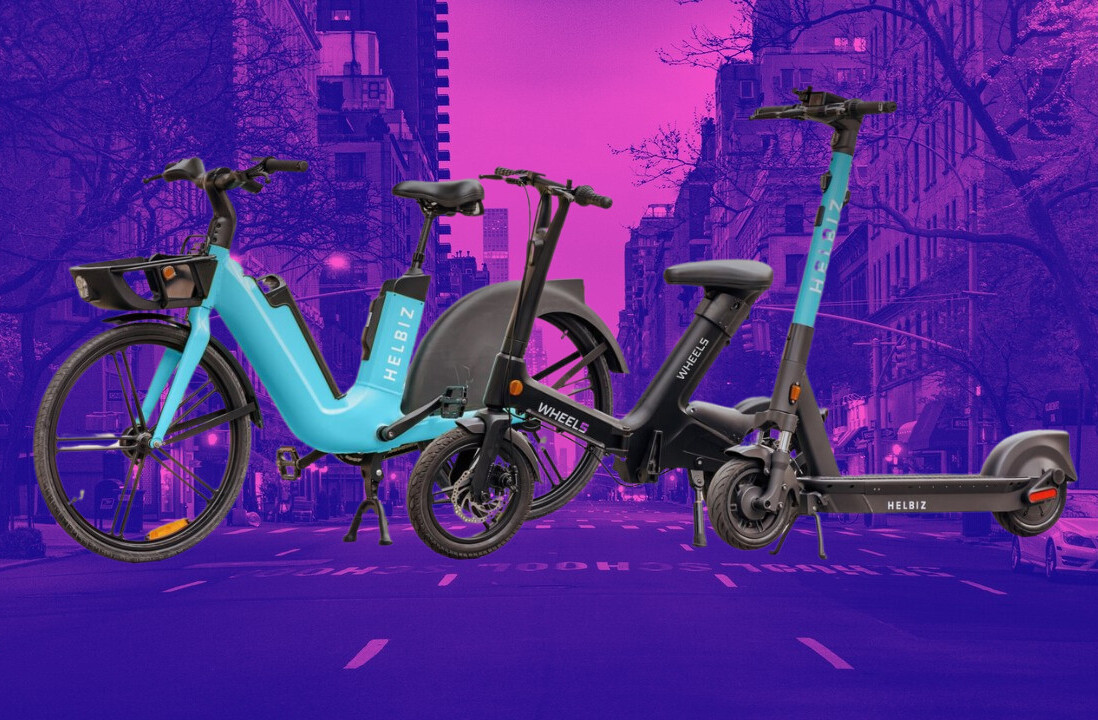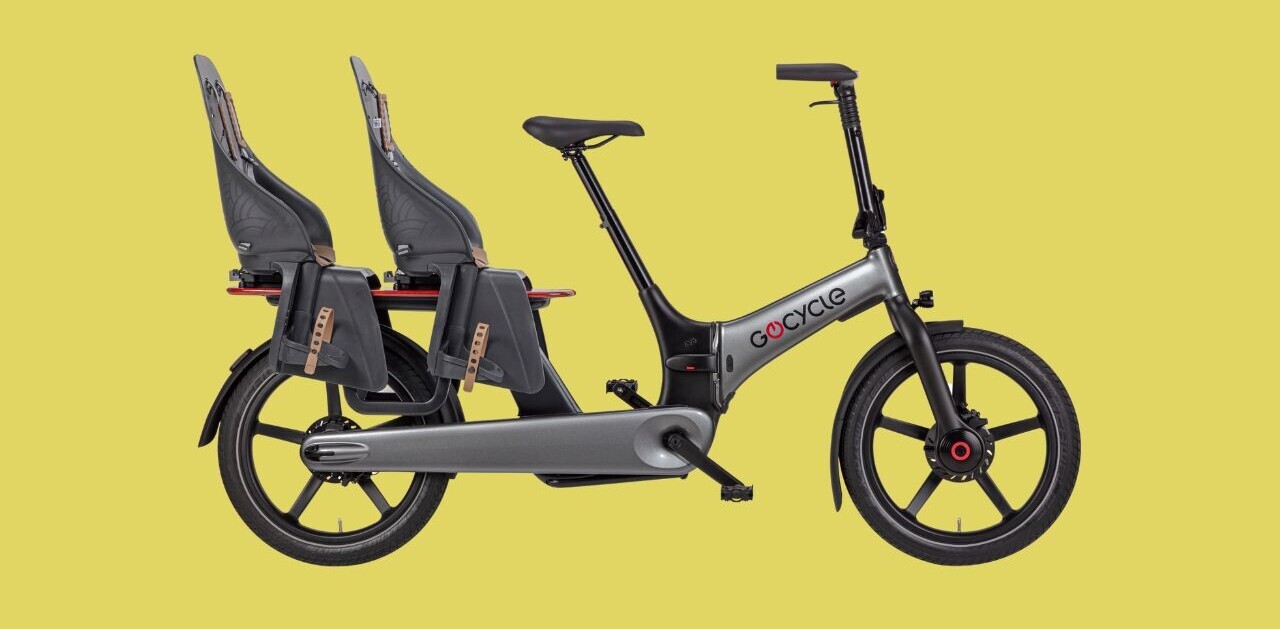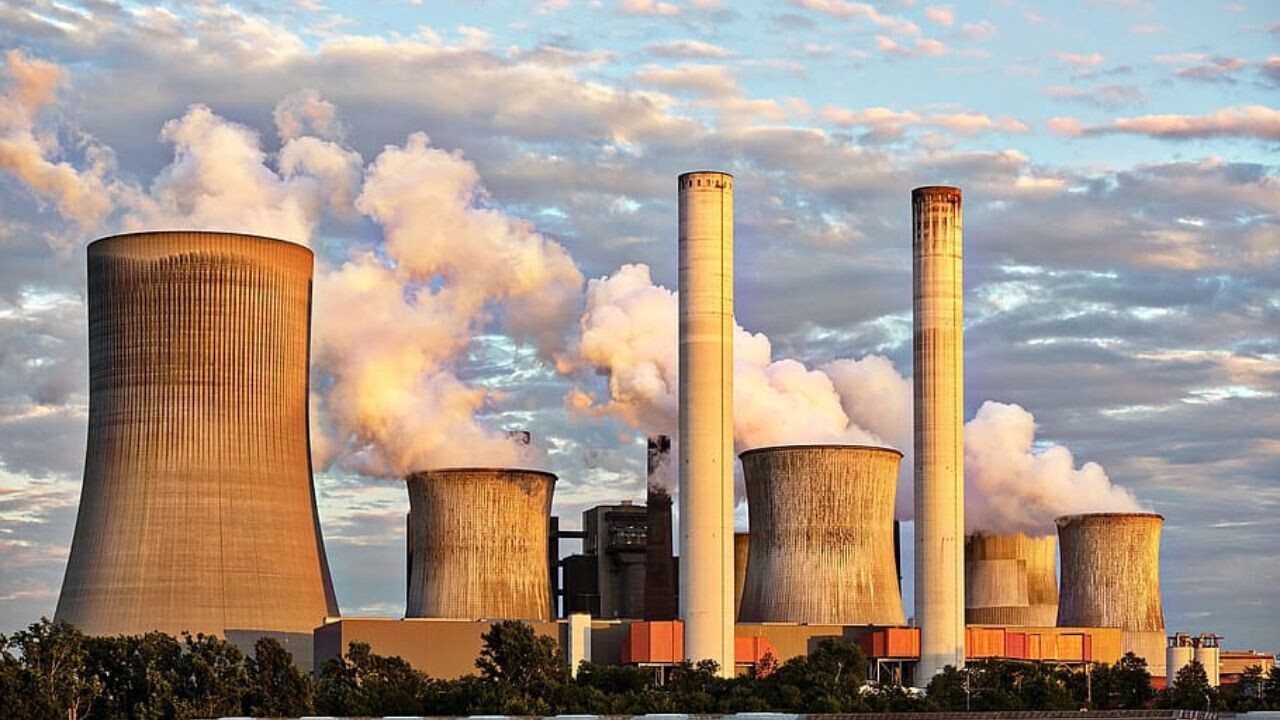
The current energy crisis has increased gas prices so much that sitting behind your car’s wheel doesn’t come without a high cost (pun intended). And, perhaps, that’s exactly the impetus we need to (partly) ditch our cars once and for all.
The rise in gas prices and the subsequent inflation can work as an accelerator for the reduction of car use and the shift to cleaner modes of transport, such as escooters, mopeds, and ebikes.
Making the best out of the oil crisis
Speaking at the Micromobility Europe Conference 2022, Karen Vancluysen Secretary General at the Polis Network — explained how high gas prices can help people get out of their cars.
“We’ve seen that happening before during COVID-19,” she said. “Due to the pandemic measures, car use was reduced, cities allocated more space for active travel, and people made higher use of micromobility services.”
And the stimulus behind this new trend wasn’t really individual choice, as much as necessity, she elaborated.
According to Vancluysen, the energy crisis presents a great opportunity for an impactful change in the modes of transportation. In other words, “something that hurts your wallet will induce behavioral change.”
And gradually, behavioral change changes the norm.
How to get there
The potential positive impact of the energy crisis shared by Gaetano Sciacovelli, Sales and Business Development Manager at VAIMOO, who also spoke at the conference.
As per Sciacovelii, VAIMOO — which provides ebike sharing service in 12 cities in Europe — has seen significant growth during the pandemic, and expects to expand further as a result of the oil crisis.
But to capitalize on this potential for change, micromobility services need to also fulfill a series of important parameters:
- Close proximity to public transport stations.
- Constant availability.
- Ease of use with the introduction of one app that can integrate micromobility operators and public transport, while offering a single fare that can be used for all services.
- Collaboration between cities and operators.
Both Sciacovelli and Vancluysen emphasized the role cities will have to play in the integration of alternative modes of transport.
This includes the implementation of a regulatory framework that sets clear rules for operators and users, the improvement of the infrastructure, and the introduction of updated traffic measures.
At the same time, cities need to mitigate the shift in such a way that doesn’t undermine public transport or replace walking altogether.
What’s the takeaway?
The Net Zero Emissions by 2050 scenario requires transport’s emissions to drop by 20% until 2030 — and we’re already falling behind on that goal.
For this reason, micromobility has a crucial role to play in our transition to cleaner modes of transport. And it seems that the rising gas prices can serve as a driving force to help us move away cars and change our habits.
Get the TNW newsletter
Get the most important tech news in your inbox each week.

